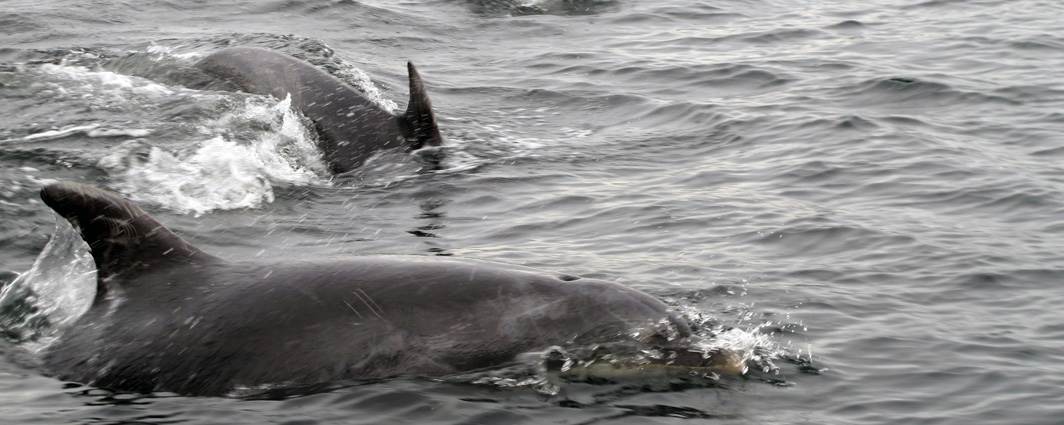General Information
Paterson Inlet is a large inlet, approx. 100 sq. kms, opening out to the east coast, surrounded by the bush clad shoreline of Stewart Island. Approx. 20 islands and islets lie within Paterson Inlet, the largest being Ulva Island. Depths vary around the inlet from shallow around some of the coast to an average of 20-25 metres.
The winding, primeval Freshwater River and Rakeahua River, two large river systems flow into Paterson Inlet.
Paterson Inlet's coastline has a number of small bays some of which are hidden, a variety of beaches and smaller inlets. Other than at the north eastern corner surrounding Oban Village, there is little if any visible evidence of man. The native forest grows down to the shoreline and hidden along the shoreline are a few trampers (hikers) huts and hunters huts and a few walking tracks. Big Glory Bay, hidden behind the Bravo Group of islands, is the only area in Stewart Island that is utilised for marine farming and acquaculture. King Pacific salmon, green lipped mussels and oysters are farmed in Big Glory Bay.
Paterson Inlet is relatively sheltered, but, due to the low relief of Stewart Island, the wind affects the Inlet, but less so than out at sea. The inlet is tidal, bringing nutrients into the inlet. On any day, but particularly on calm days the Inlet is beautiful and breathtaking.
Marine Environment
Paterson Inlet is near pristine. There is no commercial fishing in the Inlet, though, controlled recreational fishing takes place. A small area of the Inlet is designated marine reserve.
On clear days, the water around the shoreline can be crystal clear, allowing you to view the large variety of seaweed (around 269 species), starfish, mussels, paua (abalone), kina (sea egg), sea cucumber, anemones, a variety of fish species, perhaps a passing penguin or cormorant and much more.
Bottle-nosed dolphins are frequent visitors, but due to the vastness of the Inlet, are not seen on a daily basis. New Zealand fur seal can be seen at times, usually a single seal, feeding on fish or octopus in the water or resting on a beach. The odd sea lion, leopard seal or elephant seal have also been visitors to the Inlet. A variety of sharks including the white-pointer shark have been present. On very rare occasions, sperm whale, humpback whale, pilot whale and southern right whales have been spotted.
Every day in the Inlet is different.



